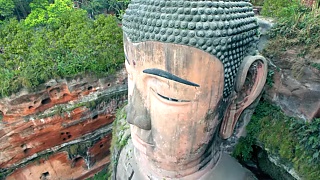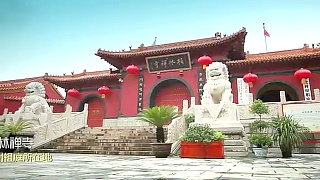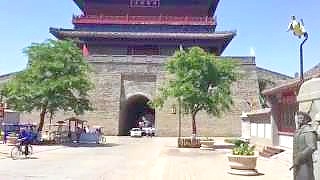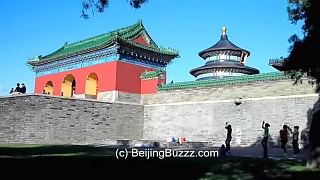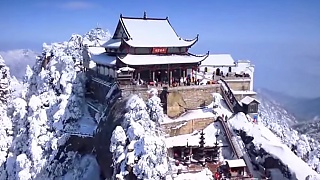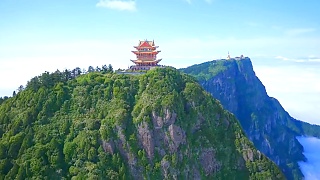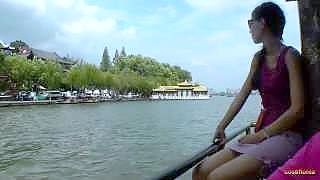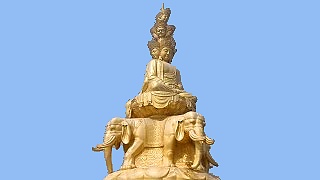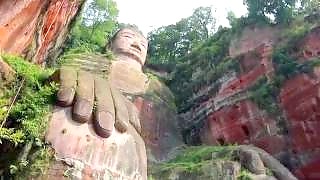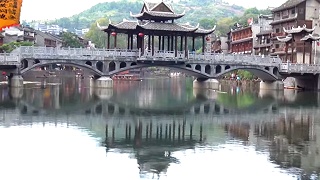The Putuo ZongCheng Temple in ChengDe, HeBei province, is a Qing dynasty Buddhist temple.
The complex was constructed between 1767 and 1771 during the reign of emperor QianLong (1735–1796). It is located just north of the ChengDe Mountain Resort. Along with the equally famed Puning Temple, it is one of the Eight Outer Temples of ChengDe (a UNESCO World Heritage Site).
The temple was modeled after the Potala Palace in Tibet. The temple complex covers a surface area of some 220,000 square meters, making it one of the largest in China.
The Mountain Resort in ChengDe 避暑山庄 (BìShǔ ShānZhuāng literally means "Mountain Villa for Avoiding the Heat") was an imperial get-away. Built between 1703 and 1792 during the Qing dynasty, the vast Mountain Resort covers a total area of 5.6 square kilometers (2.2 square miles) and is surrounded by a mini 'Great Wall', which one can walk. It contains a variety of gardens, pagodas, temples and palaces representing the styles from various regions of China.
[640],shadow=true,start=,stop=
 The Putuo ZongCheng Temple 普陀宗乘之庙 in ChengDe 成德
The Putuo ZongCheng Temple 普陀宗乘之庙 in ChengDe 成德